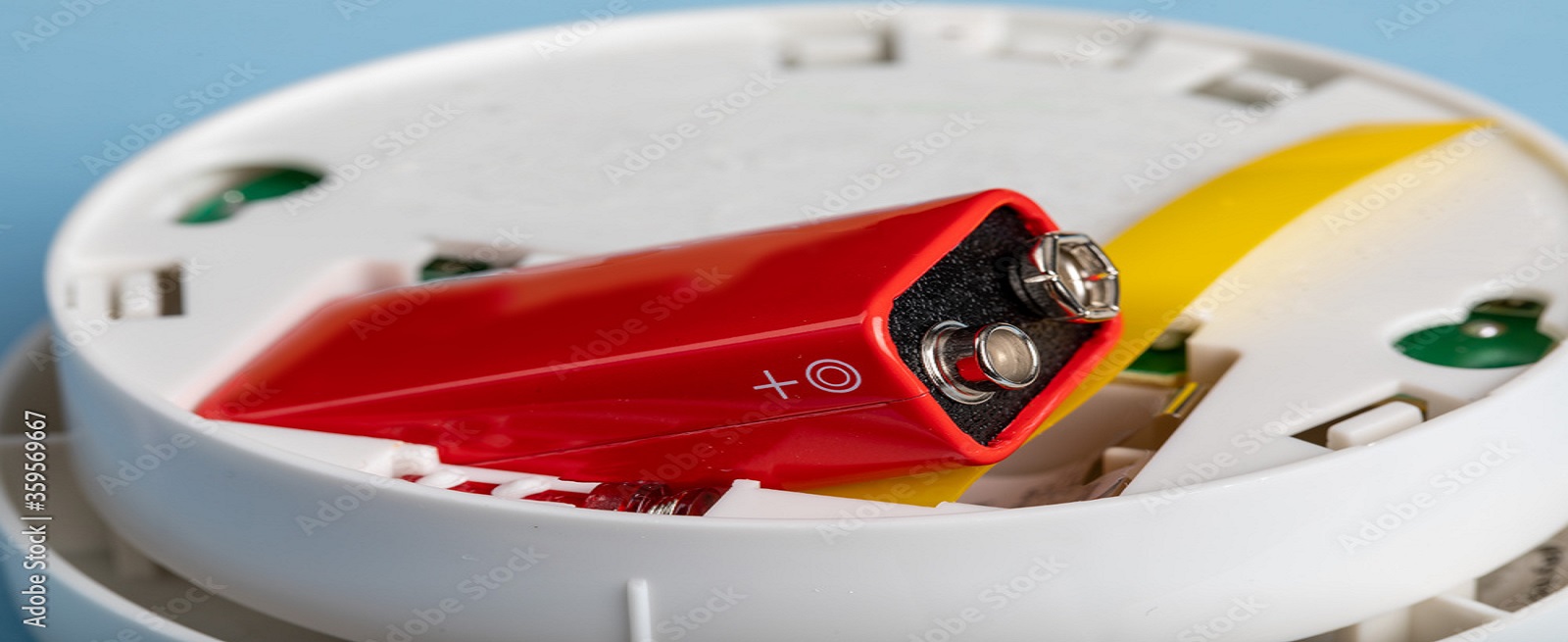Carbon monoxide (CO) poisoning is a serious cause of injury and death for many Canadians. From all CO-related injuries and deaths in Ontario, over 65% occur in the home. If you suspect there is a carbon monoxide leak in your home, or your CO detector starts beeping, immediately ensure everyone leaves the home and call 9-1-1.
Learn more about CO safety with the Ontario Association of Fire Chiefs.
Frequently asked questions
View our frequently asked questions (FAQs) to learn more about the dangers of carbon monoxide and how you can protect yourself and your family.
| Why is carbon monoxide dangerous? |
| Carbon monoxide is a colourless, odourless, tasteless toxic gas that enters the body through the lungs during the normal breathing process. It replaces the oxygen in the blood and prevents the flow of oxygen to the heart, brain and other vital organs.
Many deaths occur while victims are sleeping and hundreds of Canadians are hospitalized every year from CO poisoning, many of whom are permanently disabled. Everyone is at risk. More than 88% of all homes have something that poses a CO threat. |
| Where does carbon monoxide come from? |
Carbon monoxide comes from common fuel-burning appliances and items around the home, such as:
It is produced when carbon-based fuels are incompletely burned, such as:
|
| How can I tell if there is a carbon monoxide leak in my home? |
| CO poisoning symptoms are often mistaken for common ailments, like the flu. Symptoms include headaches, nausea, burning eyes, fainting, confusion and drowsiness. CO poisoning is likely present when symptoms improve from being away from the home for a period of time and when experienced by more than one member of the household.
The elderly, children and people with heart or respiratory conditions may be particularly sensitive to carbon monoxide. You may also suspect a CO leak if the air feels stale or stuffy, there is excessive moisture on windows or walls, and there is a sharp penetrating smell of gas when a furnace or other fuel burning appliance turns on. There may be a CO leak if burning and pilot light flames are yellow or orange and not blue, the pilot light on the furnace or water heater goes out, or if chalky white powder or soot build-up occurs around the exhaust vent or chimney. |
| How can I protect my household? |
|
| What should I do if my carbon monoxide detector starts beeping? |
| Only working CO alarms give you the warning that you need to keep you and your family safe from the presence of CO. If your CO alarm sounds, get everyone out of the home immediately and call 9-1-1 from outside the building. |
| Where should I install carbon monoxide detectors/alarms? |
| Since CO moves freely through the air, you should place alarms in or as near as possible to sleeping areas of the home. You are most vulnerable to CO poisoning when you are sleeping. To work properly, the unit must not be blocked by furniture or draperies. CO is about the same weight as air, so the alarm can protect you if it is placed in a low or high location.
Some locations may interfere with the operation of the alarm and may cause false alarms or trouble signals. Do not install alarms:
|
| How do I maintain my CO alarm? |
| Test your CO alarm regularly to make sure it works properly. The owner's manual should explain how to test your alarm. Check the manual for the expiry date and know when to buy a new alarm. |
Contact Us
 Subscribe to this page
Subscribe to this page





